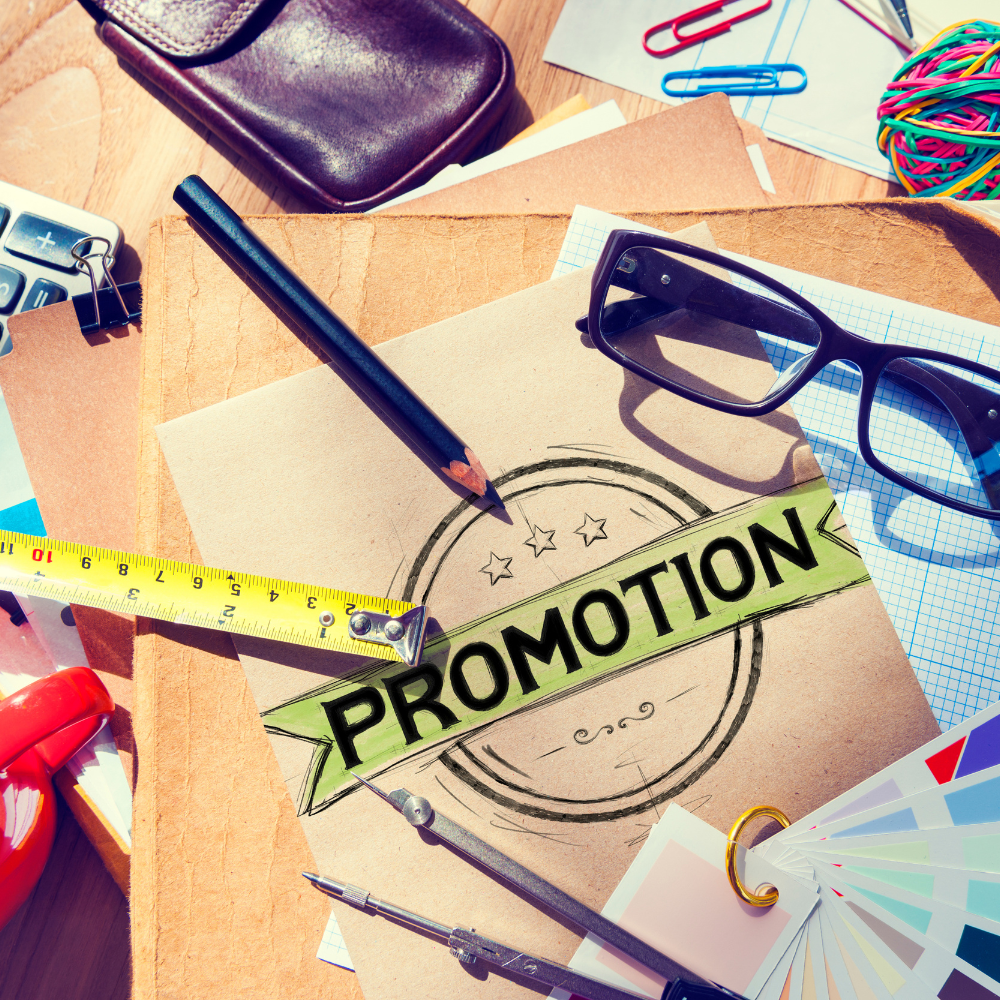5 smart hacks to outburst your pipeline with high

Whatever the product or service, organizations must promote it to prospective clients in order to increase sales. There are several promotional solutions accessible for B2B marketing, each with its own advantages and disadvantages. Which one is best for the business, then? How can they best be used collectively? Let's explore the diverse B2B marketing initiatives in this blog and determine which ones are most useful to the organization.
An introduction to B2B Marketing
Before getting into the promotional mix, let's first take a brief look at what B2B marketing is and why it's so crucial. Advertising goods or services to other companies or organizations is known as business-to-business marketing or B2B. It differs from business-to-consumer (B2C) marketing, which is concerned with promoting products and services to specific consumers.
B2B marketing enables businesses to target a certain group of people with their message. Sales representatives can contact decision-makers who are more probably interested in what you have to offer by advertising the product or service to companies.
B2B marketing also has the benefit of facilitating the development of enduring connections with clients. You have the chance to position yourself as a reliable partner or supplier when you promote to other companies. This may result in recurring business and a loyal following of clients.
Components of the promotional mix
The term "promotional mix" refers to a grouping of several marketing messages used to sell your item or service. Direct marketing, advertising, sales promotion, sponsorship, and other strategies are all part of it. Not all of them, though, will work well for B2B marketing. You should concentrate on the following kinds.
Sales promotion
Advertising
Public relations
Direct marketing and selling
You may utilize each of these components in a different way to market your commodity to companies. Let's evaluate each one individually.
Sales promotion
Any short-term incentive intended to boost sales of your item or service is referred to as a sales promotion. Discounts, vouchers, and giveaways are common sales promotions. Sales promotions are a wonderful method to increase sales temporarily, but you should use them cautiously to avoid lowering the value of your brand or product.
Tips-
Offer the consumer deals and coupons that are worthwhile. Furthermore, check that the sales campaign is consistent with your brand's image. To reach a wider audience, use social media and other platforms as well.
Advertising
Any method of paid non-personal promotion is referred to as advertising, and it is often done via the use of mainstream media, including television, radio, periodicals, and, more recently, the internet. It enables you to communicate with a big audience and may be quite successful in increasing brand recognition.
Tips-
Use eye-catching headlines and images to deliver a concise message. Along with this, find out what works best by experimenting with various ad styles, positions, and messaging.
Public relations
Public relations entails obtaining media attention for your company. Press conferences and news releases can be used to accomplish this. Publicity is a fantastic and often quite economical strategy to increase interest in your company.
Tips-
Create press releases with interesting news that the media will read. Consider organizing public events that will draw attention to your company. Establish connections with the journalists and editors who cover the business sector.
Personal selling
Personal selling is the practice of advertising and selling goods or services to prospective clients in-person. It is one of the simplest and most efficient ways to promote your goods or services.
Choosing the right promotional mix
When it comes to putting together a promotional mix, there is no one size fits all approach. The budget, the product, the target market, and the objectives will all affect the best combination of approaches for your company.
Target Audience
Identification of the target audience is the first stage. Whom is the company attempting to target with its advertising strategy? Think about their wants, needs, and problems. Once you have a solid grasp of the client profile, you can begin to consider which marketing strategies will work best to reach them.
Objectives
What goals does utilizing a promotional mix serve? Are you trying to enhance revenue, lead generation, or brand awareness? Your response will aid in determining the most successful methods of promotion. Advertising could be a wise choice, for instance, if your primary goal is brand promotion. Personal selling or sales promotion may be more successful if you're trying to create leads.
Budget
The proper promotional mix will be determined in part by the company budget. Others, including public relations and sales promotion, can be more cost-effective than certain strategies, such as personal selling and advertising. When choosing the promotional mix, firms should take their budget into account so they don't overspend on strategies that are ineffective.
Wrap up
Every element needs to be taken into account when businesses are attempting to select the best promotional mix for their brand. Before entering into any deal, be sure that the target audience and the budget will govern the kind of product or service they will provide. To avoid becoming ineffective or stale rapidly, keep in mind that any new approaches should be in line with B2B trends. Nobody wants a campaign approach that stays the same and becomes stale.